Over 700 people have been arrested in one province of Iran since the protest erupted after the death of 22-year-old Mahsa Amini, who died in police custody after her arrest for allegedly failing to comply with Iran's strict rules on women's dress by wearing an "improper hijab".
According to Tasnim News Agency, Iranian police in just one province have arrested over 700 people since protests began over a week ago. The Police chief of Guilan province, General Azizollah Maleki announced "the arrest of 739 rioters including 60 women," the Iranian media outlet said. While Iranian President Ebrahim Raisi called "to deal decisively" with the disruptors of the security and peace of the country," a statement released by his office said.
In a phone call with the family of a Basij militiaman allegedly killed by demonstrators in Iran's second-largest city Mashhad, Raisi stressed "the need to distinguish between protest and disruption of public order and security," while denouncing the current unrest as "rioting and evil."
Thousands of Iranians have taken to the streets in protest since the death last week of 22-year-old Mahsa Amini, who was apprehended in Tehran and taken to a "re-education center", apparently for not wearing her hijab properly.
Since Friday, demonstrations have taken place in at least 40 cities nationwide, including the capital Tehran, with protesters demanding an end to violence and discrimination against women as well as an end to compulsory wearing of the hijab.
Dozens of protesters have reportedly been killed in the resulting clashes with security forces. Earlier on Saturday, the official death toll in the clampdown by Iranian security forces was reported to have more than doubled from 17 to 35.
(ANI)
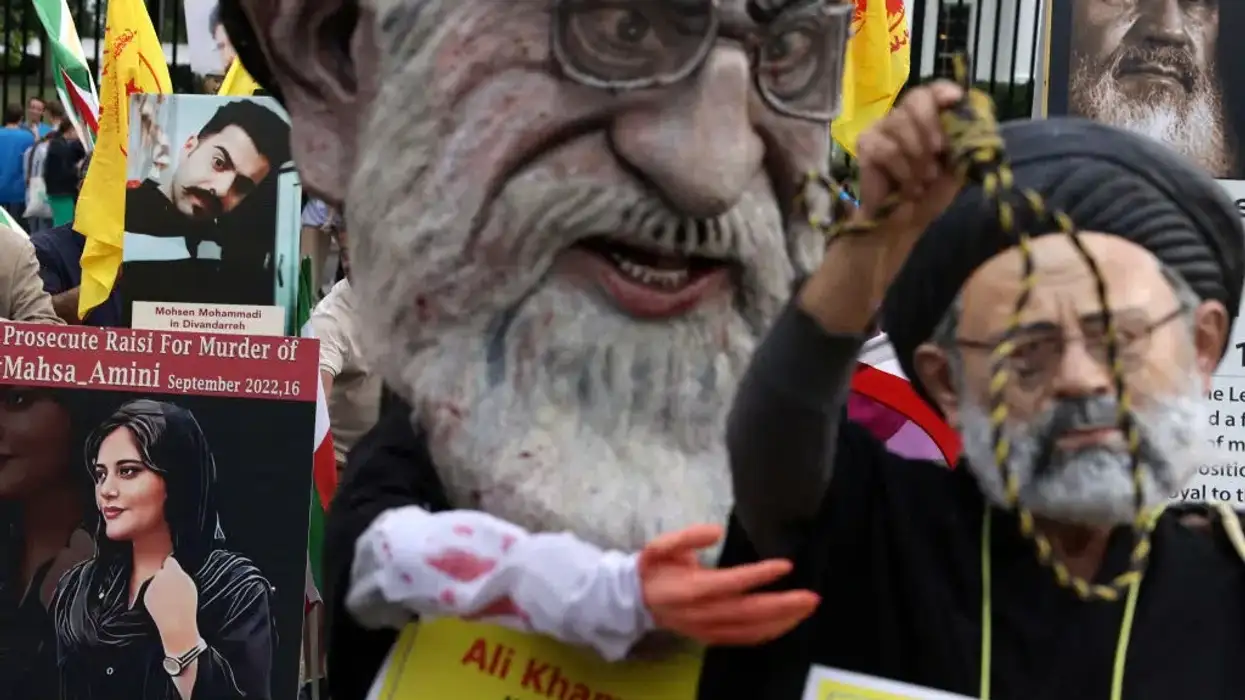




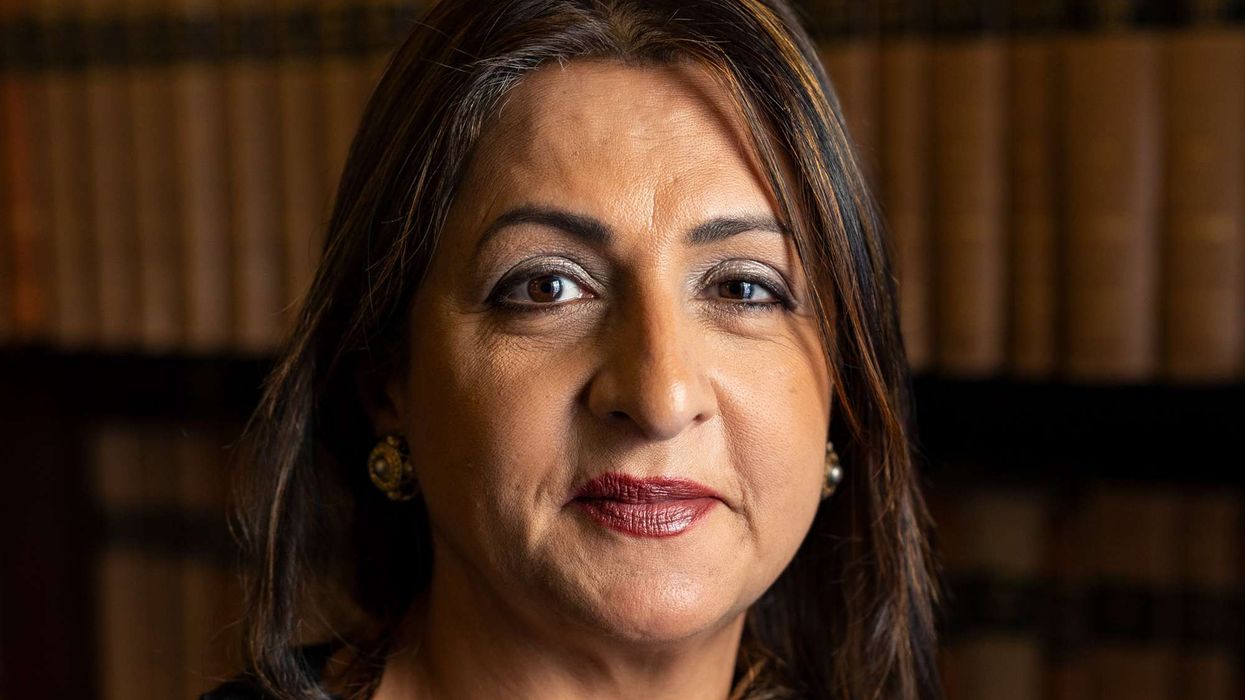
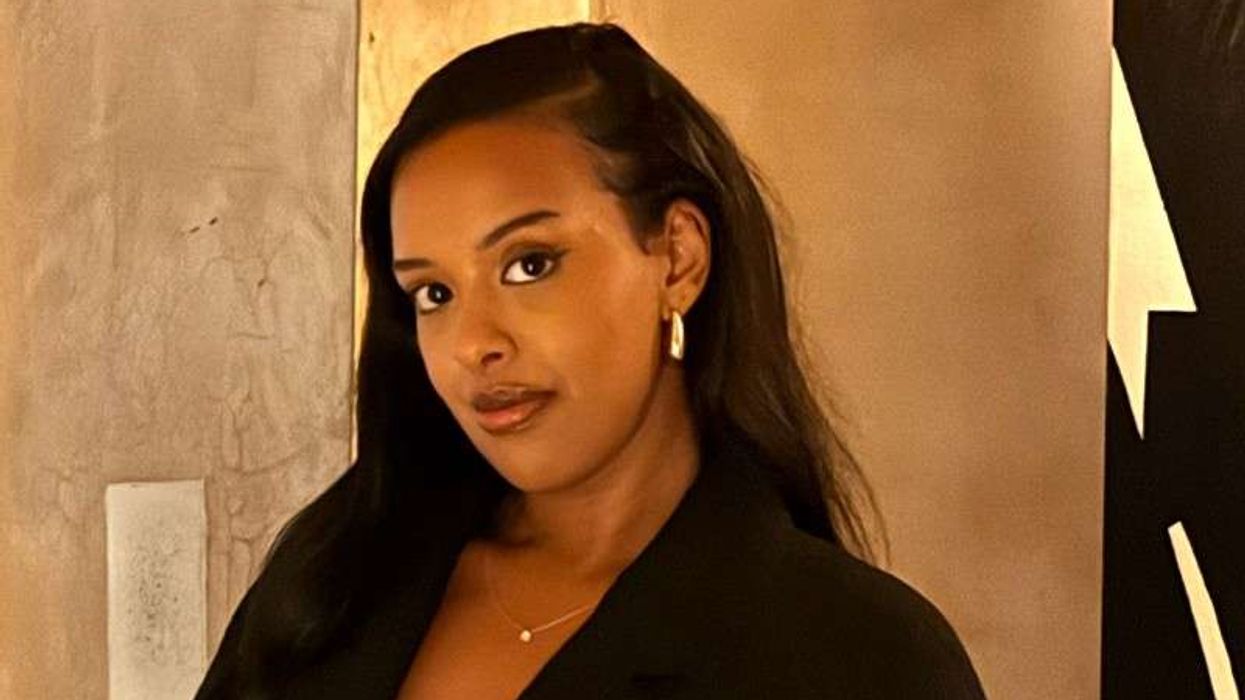 Nasima Abukar
Nasima Abukar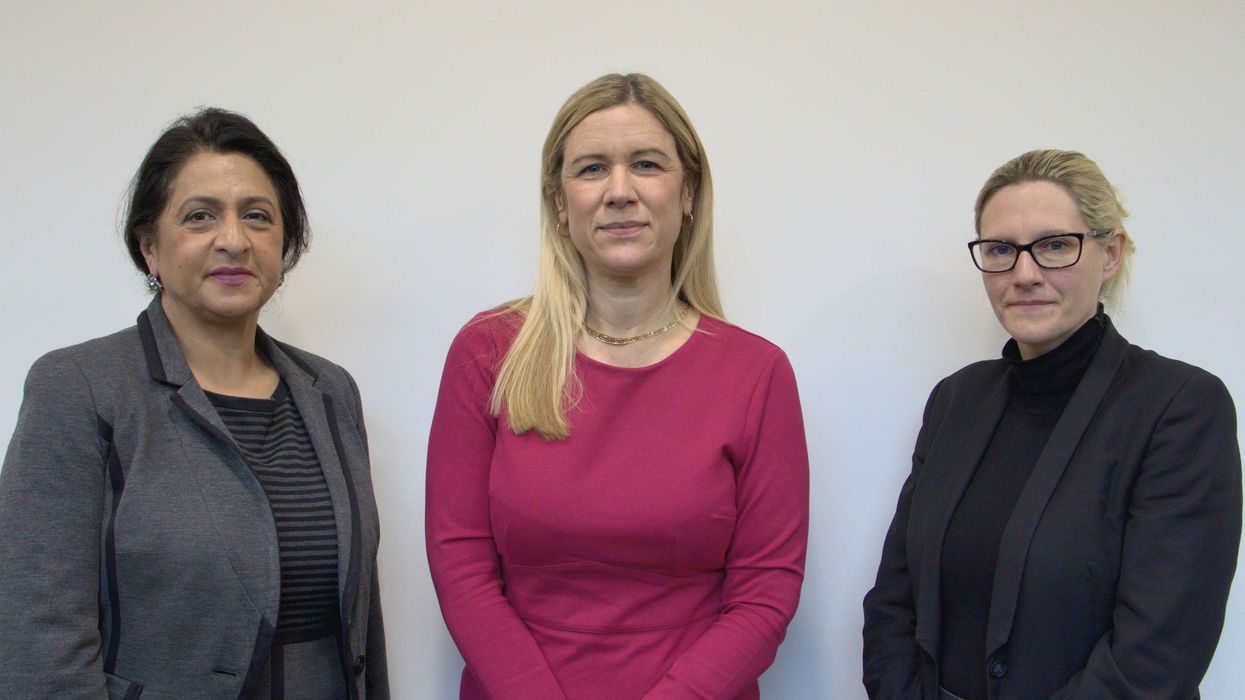 Narwal, Ellie Reeves MP and Emma James
Narwal, Ellie Reeves MP and Emma James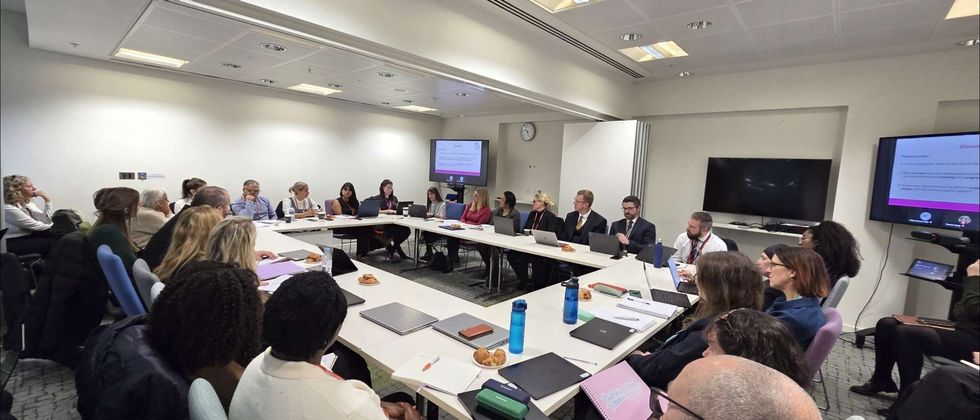 The first national honour-based abuse scrutiny panel held last Tuesday (9)
The first national honour-based abuse scrutiny panel held last Tuesday (9)






